Why seed bead brands matter
When I started beading, I had no idea that there was any difference between beads. I noticed that some shops stocked seed beads called ‘Miyuki seed beads’. Others mentioned ‘Matsuno seed beads’, or TOHO seed beads. Perhaps even Czech seed beads, or even no mention at all. But what did these names mean? Well, they referred to the manufacturers – the brand of seed bead. And, I’m here to tell you why seed bead brands matter.
What are seed bead brands?
As I’ve just mentioned, they are simply the manufacturer’s name. So, ‘Miyuki seed beads’ are made by the Miyuki company in Japan. ‘Preciosa seed beads’ are made by Preciosa in the Czech Republic. I’m sure you get the picture…
You will see that all of these have one thing in common. Their bead size. So, for example, size 11/0 seed beads. Now, this is one of the most common sizes. I’ve got another whole blog post explaining more about seed beads. So, if you need more information there, use this link.
Now, you might expect that all these size 11/0 seed beads are identical. They are pretty close, but not quite identical in size and shape.
Why is this? Well, each manufacturer has a specialised process for making their beads. So, it may be broadly similar, but the manufacturers will all have closely guarded secrets that make their beads unique.
Think about it… The same is true in any industry. What would be the point in making exactly the same product as someone else? You would have no means of competing.
So, for now, just hold onto that thought. If you do want to delve deeper into the difference between seed bead brands, then this blog may help. I also have a photographic illustration to demonstrate this…
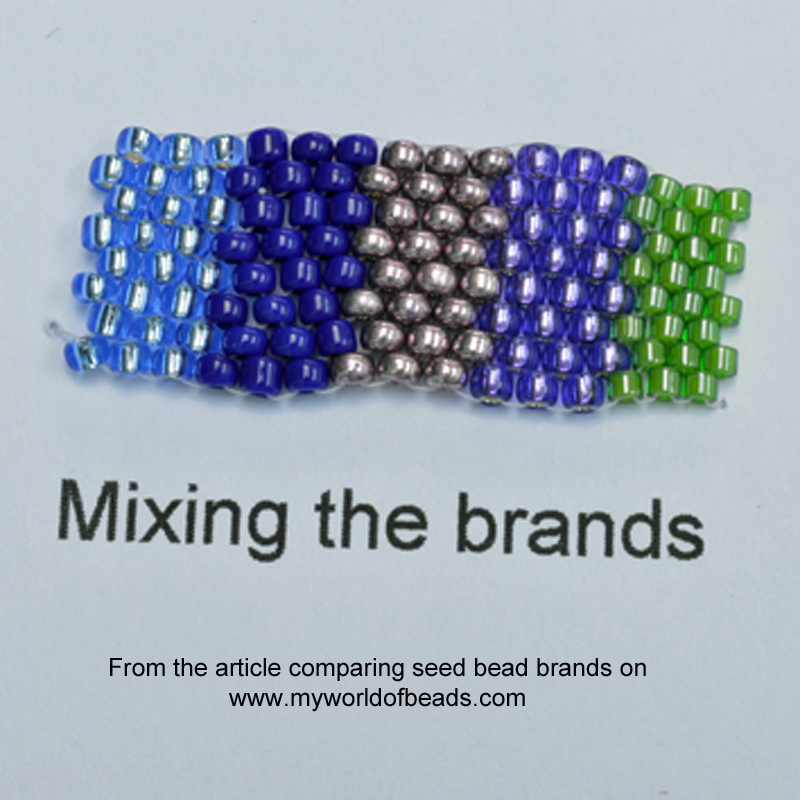
Why seed bead brands matter
Now, you may be sitting there thinking, ‘so what?’ Why does this difference in seed bead brands matter at all?
Possibly, if you’ve been beading for a little while, you will have made some discoveries.
Firstly, if you mix up two different brands within the same project, bad things are likely to happen! Maybe your work won’t sit right. Or maybe you’ll end up with a very uneven looking finish.
All you need to do is take a look at the photo above to see what I mean. It shows a peyote stitch strip – same bead count, same number of rows in each colour. But look how differently those colours sit together. That’s because each colour is made by a different manufacturer.
But did you know that using a different brand of seed beads to make the same project can have a huge impact on how it works. Now, I’m not talking about using red Miyuki and blue TOHO in the same project. I’m talking about those cases where the designer used Miyuki brand to make the project, but you then try to make it with Matsuno brand. Just to give some random examples.
You shouldn’t end up with the kind of unevenness that you saw in my little test strip. But you may find something worse. Possibly the project just won’t work out at all. Or possibly, it just ends up looking different to the original.
An example to illustrate the point
Now, this is something with which I’ve been experimenting for a few months. I’ve deliberately made the same project using different brands of beads. And I’ve found some very interesting results.
Take a look at the set of photos below…
Now, believe it or not, this is exactly the same beaded box design. But I’ve made it with three different types of seed bead.
The three samples explained
On the left, you can see my Rivoli beaded box. When I made that, I used size 11/0 delica beads. So, yes these are cylinder beads, and yes, you would expect them to look a little different from the rounded seed beads.
But what you might not be expecting is the difference between the brands of rounded seed beads.
So, in the photo on the right, I made a version inspired by Brach’s peppermints. I called this one my Peppermint Candy beaded box. For this, I used size 11 Miyuki seed beads. And, I discovered, my box acquired a more ’rounded’ look. Plus, it was harder to get the tension right to get it to hold its shape. I expected all of this. But I was surprised to find that I also needed to alter the actual box structure slightly to make things work.
I then applied this new stitching to the sample you see in the middle. That’s my liquorice allsorts beaded box. But, this time, I used Matsuno brand seed beads. Now, these are little closer to the cylinders in shape. So, I found they created a more solid, but also more angular structure. Interesting, right?
And, if you take a look at the photo below, where I’ve shown the two seed bead boxes side by side, you should hopefully see that there is also a difference in size.
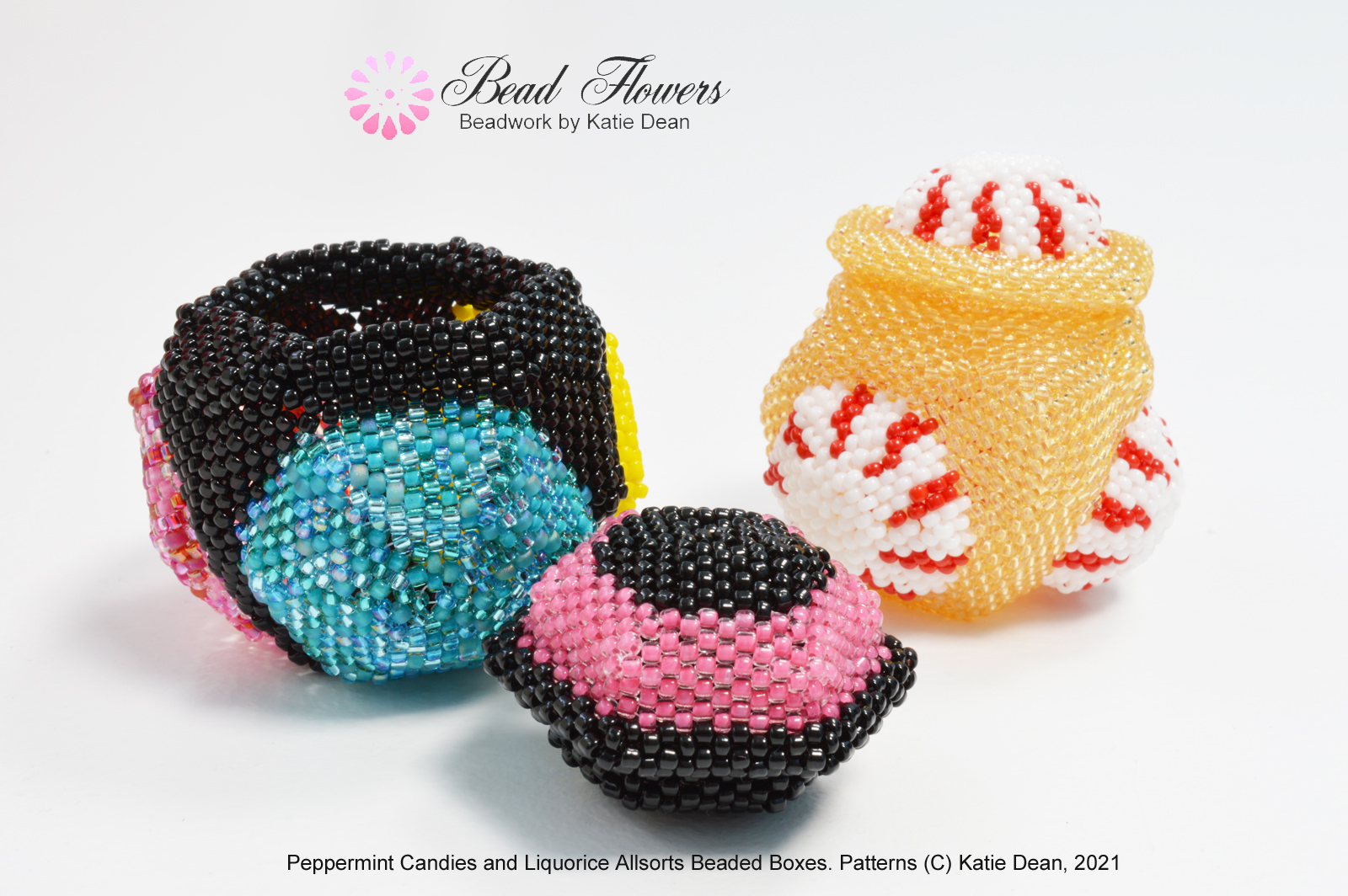
Of course, you don’t have to take my word for this. You can try out these patterns for yourself. (In the section above, I’ve linked to each tutorial as I talk about it, so just follow the links to try the ones you want).
Why seed bead brands matter for designers
All this is very interesting. But what does it mean for you?
Well, if you’re a designer, it means three things:
- be aware that there is a difference between brands
- when you are writing a tutorial, you MUST specify the brand that you used. So, in your materials list, don’t just write ‘size 11/0 seed beads’. You should be more specific, e.g. ‘size 11/0 Miyuki seed beads, colour code xx’
- take this idea and use it to experiment. Try the same project with different brands and see what happens. Then, you’ll begin to discover which brands are best for which types of design
The photos above show another example of the same project made with different brands of beads. See how the shaping changes even though the tutorials remain identical?
What you need to know as a beader
You’re probably already working out why seed bead brands matter. But let me just give you some practical things to consider as a beader.
- When you buy beads, check the brand. Make sure you know what you’re buying, and make sure you keep it labelled.
- As you store your beads, try and store all the beads of each brand together. So, for example, a box of Miyuki brand, another box of TOHO brand. You can colour order within those boxes, of course. But you need to be able to locate your different brands easily. And if you want more storage tips, try this section.
- When you’re following a pattern and the designer has specified the brand they used, make sure you also use that brand
- If you’re following a pattern and no brand has been specified, that’s fine. Just be aware: if you start to experience difficulties with the project, it could be because you used a different brand to the designer.
Advice for anyone selling beads
For any of the big retailers, I’m sure I don’t need to say this. But for anyone who is an individual, or maybe not that experienced as a beader, read this…
I’ve just explained why seed bead brands matter…a lot! So, when you’re acquiring your bead stocks, make sure you know which manufacturer has produced them. AND make sure you label that on the tube/bag of beads AND on any listing that you’re creating to sell them.
You’ve just seen why your customers need to know exactly what they’re buying. So, if you provide helpful information, then they’ll keep coming back to you for more.
Final words
Now, all of this is a learning curve. It’s something that comes with experience. And, quite honestly, after 19 years of beading (a lot!), it’s still something in which I’m learning new things.
So, just take away from this an awareness that not all beads are created equal. And this fact can make some better suited to particular projects.
If you’re on a budget, thinking how this means you’ll need to get even more beads, then I’m sorry if that sounds a little depressing. On the other hand, if you love buying beads, then this should be music to your ears. I’m giving you permission to go out and increase your stash by getting really picky about the brands you use!
And, if you love designing, then this is yet another element to explore. So have fun!


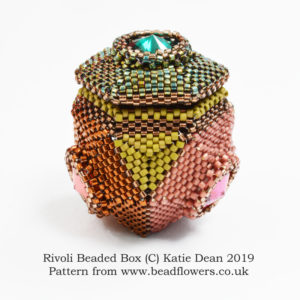
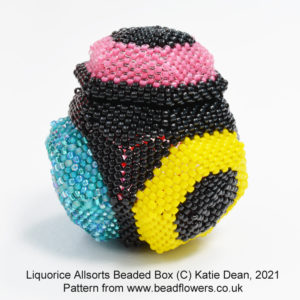
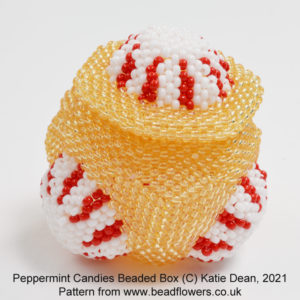
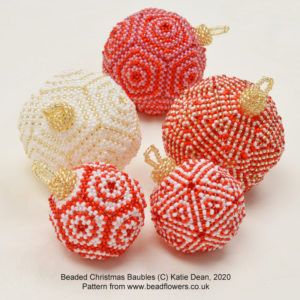
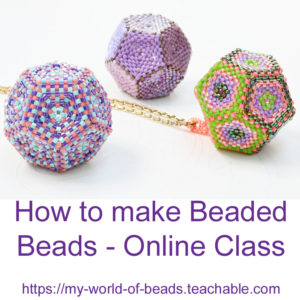


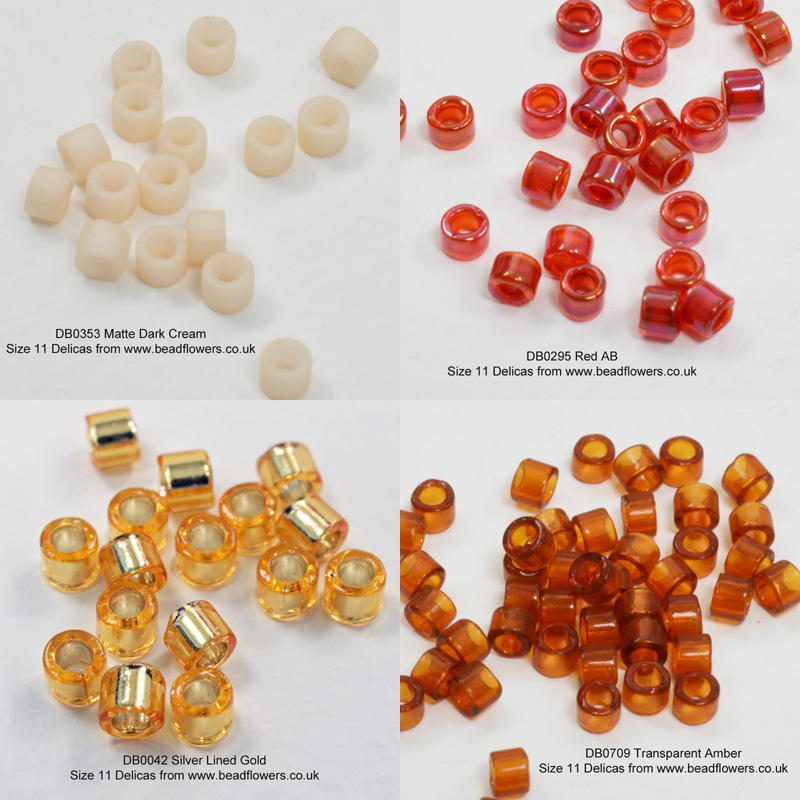






Thanks Katie. I’ve been beading for about 25 years and I’m familiar with the brands and their differences, but your article still provided me with useful information that I had not considered. Always good to learn more!
Debby
You’re very welcome, Debby! I’m so glad you found this helpful
It is extremely relieving that the frustrations I have experienced in the past may be as simple as using the incorrect brand or type of bead. I have beaded off and on for the past 25+ years and know that my early stash is not brand organized-sigh. Thank you for the info.
I’m glad that has been helpful for you Barbara. Yes, it’s always good to know that sometimes the problems come from the materials, not the beading skill! And, you’re not alone in having a dis-organised early stash. I think most of us start out with the idea that ‘beads are just beads’. It isn’t until you gain some experience that you come to realise the variations and how important they can be.
It seems every year I fall in love with a different brand or shape or finish! I’ve been through affairs with miyuki, toho, delicas, matte finish, transparent, ceylon, etc. Lately I’ve been enjoying matsuno (great color range) and czech – the donut shape is so unique! Great article and info that took me years to learn on my own. Also – if a pattern doesn’t say what colors or brand, I probably won’t try it! I’ve wasted sooo much time when a project doesn’t look right :/ but, it is always a learning experience!
I have so many beads I could open a store! Well actually I have one on Etsy but I find selling in person more profitable. My storage bins finally got my mind straight! When a project is decided upon, the last thing I want is to spend an hour looking for beads! I have maybe 50 Sterilite (example) bins, in all shapes and sizes. I separate beads by the maker, then ought size, Delica size, and for crystals, by gem size. Delica beads – OMG! I finally purchased hooks that look like those metal bathtub curtain hangers. I batch them together by color number: 10-90, 100-900, 1000-whatever, you get the picture. I group those together by how many numbers comfortably fit on a hook, which means I have about 50 hooks. If necessary, I punch a hole in a Zippit bag to hang them if the original capsule they came in doesn’t have a hook in the cap. Make sure you identify (mark) the bag if you transfer them. I often have several packages of the same color so I empty them all into one larger Zippit bag to consolidate bags. I hope this helps somebody out there who’s as frustrated as I was before I organized myself!
That sounds like a brilliant system, Mary! Thank you so much for sharing it with everyone. I’m sure it will help a lot of other beaders.
I just started making boxes using Delicas and love your patterns! My question is related to Delica finishes, Coating, and etc. I have noticed that based on the type of Delica the size varies: matte opaque, opaque, dyed silver lined and sure for the other types. Do you have any information when working with these different types?
Thank you for your kind words and for an excellent question.
Yes, the finish type can indeed make a minute difference in size (in any brand of seed bead, not just Delicas). I’m afraid I don’t have any general advice. My policy has been to just try the beads and see what happens. If you are working from a designer’s pattern, then try sticking to a similar kind of finish as they have used, if you want to change the colours. Or, try experimenting. I haven’t found the different finishes to create too many problems with my boxes, so I generally mix them fairly liberally and things turn out fine. I have however found that the matte beads are more brittle than other types of finish. So, that makes them easier to break when you’re doing things like ‘stitch-in-the-ditch’ rows. I do still use them on some boxes, but it’s just good to be aware of that and proceed with caution!